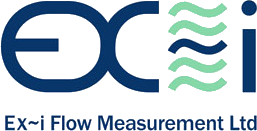Clamp-on ultrasonic flow meters were invented as a portable tool to allow marine engineers to measure the flow rates of various liquids on ships, and for the ship building and maintenance industry to do the same for commercial and military vessels, including submarines.
The complex fluid systems on large ships comprise of many kilometres of pipe, carrying a variety of fluids, such as fuel, oil, cooling and heating liquids, water and waste water, around the vessel. Measuring these liquids can be difficult and time-consuming because it is difficult to access measurement points and the pipes cannot be opened.
By employing a non-invasive, portable ultrasonic flow meter, measurements can be taken repeatedly throughout a ship’s lifetime – from construction to offshore operation and dockyard overhauls (where the ship undergoes maintenance and renovation).
Specific Applications for the Marine and Shipbuilding Industry:
- Measuring consumption
- Verifying incline flow meter performance
- Controlling the ballast water systems
- Testing and inspecting pumps and valves
- Detecting leakage and blockage
- Inspecting fire extinguisher systems
Since their invention in the 1980s, clamp-on flow meters have improved dramatically, to become highly sophisticated tools, employing the latest flow computer technology to provide accurate, reliable measurements for flow volume and velocity. They can be used for many different types of vessel, including container ships, submarines, cruise liners, ferries, tankers, aircraft carriers and even luxury yachts.
Advantages:
- Easy, quick and cost-effective installation on existing or future control systems
- Improved fuel efficiency
- Reduced maintenance and commissioning periods
- Can be applied to pipes of various materials, diameters and liquids
- Continuous measurement of fuel and oil in engine rooms
- Easy spot measurements in the smallest of spaces.
